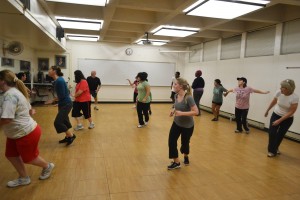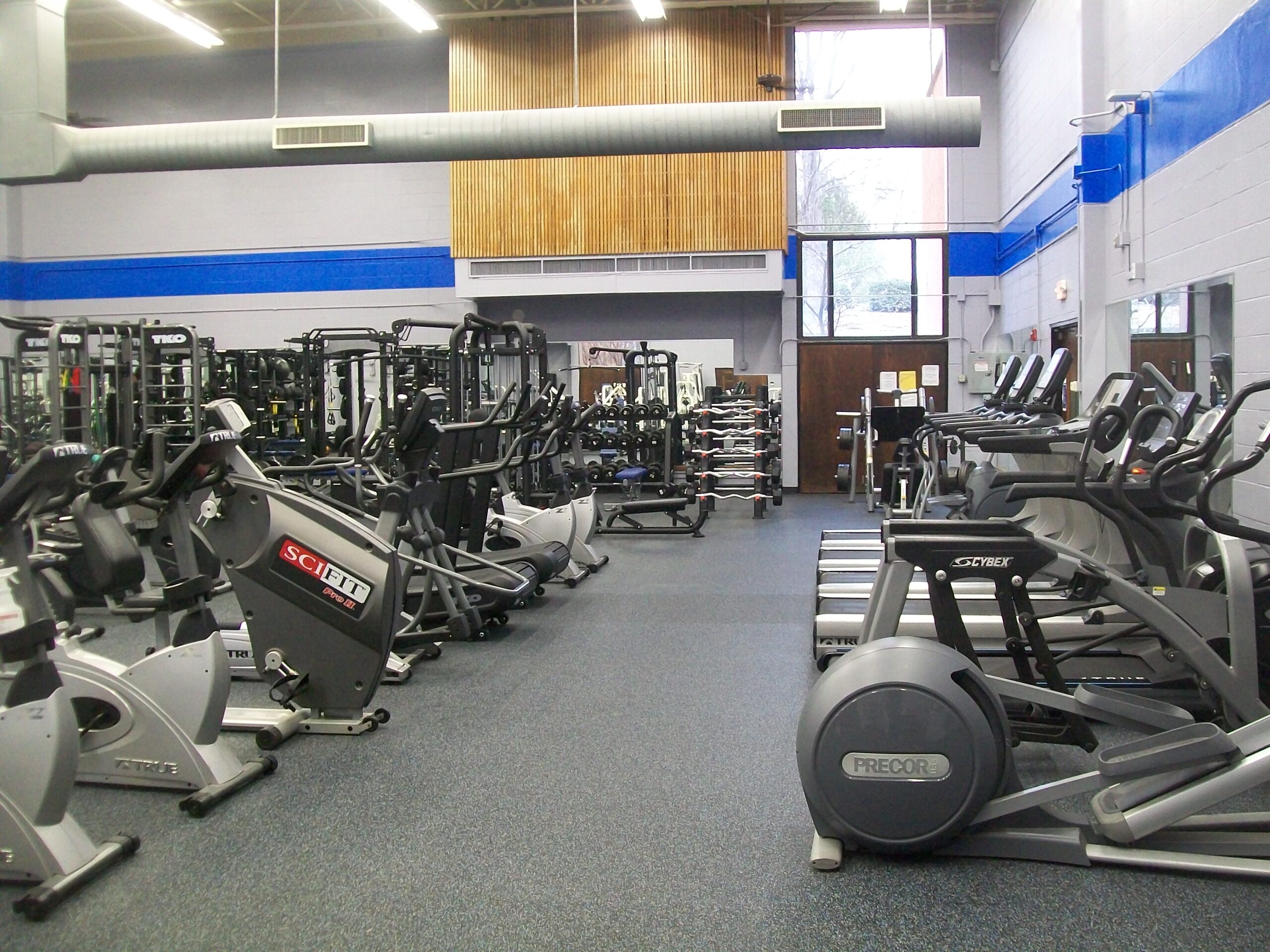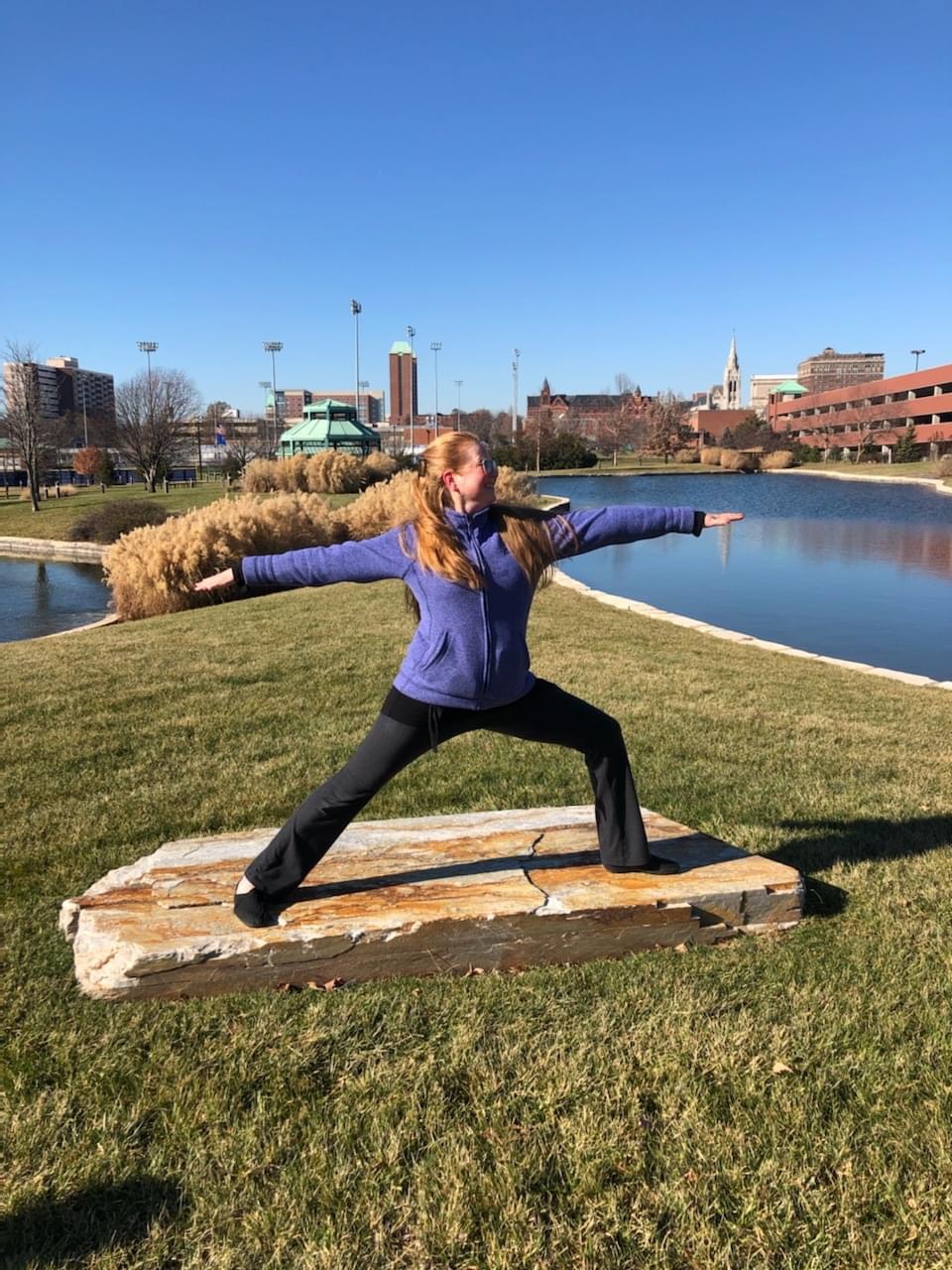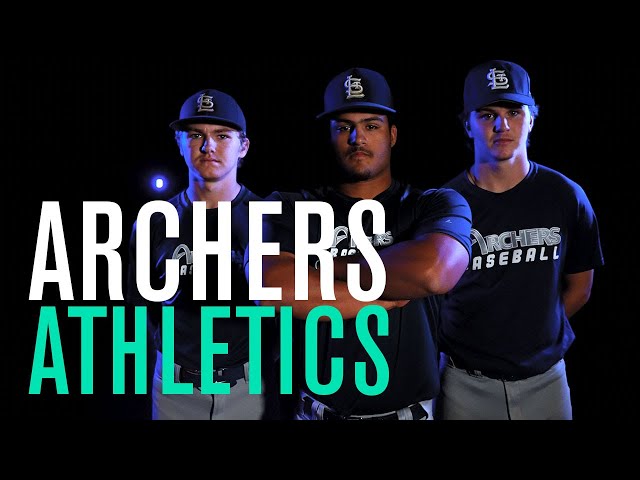Meramec offers Zumba Dance Aerobic classes for P.E. credit
By: Sanjuree Davis
-Staff Writer-

Monday and Wednesday evenings music can be heard coming from the second floor of the Physical Education (P.E.) Building. Dance Aerobics class, also known as Zumba, is in session. As students exercise to music with a Latin flare, they are also knocking out one of the two P.E. credits necessary to graduate.
With over 30 P.E. programs offered between all STLCC campuses, Meramec is the first have a Zumba Sentao program.
Music, movement, motivation and magic, known as the Four Ms, drive the class according to Meramec Zumba instructor Angel Fingers. They are essentials to the program’s success. The key message is Zumba fitness is for people of all shapes, sizes and ages.
“Having Zumba at the college is a unique experience that is not for us [teachers], but the students,” Fingers said. “Our mission is to fulfill the needs of our students, [of] which many were asking for Zumba classes, and taking care of our students is why we’re here.”
Zumba incorporates fitness and aerobic interval training. Along with innovative dance-fitness moves, the workout focuses on muscles in the lower and upper body, as well as strengthening the abdominal. The choreography can be modified and adapted to each individual.
According to Fingers, Zumba participants move their body to the music without over thinking.
“The bottom line is the music. It makes you want to move,” Fingers said. “We don’t talk. We just move. The benefits of Zumba are that you want to move because you like the music and all the other benefits are secondary.”
The movement to the music is what created this style of dance-fitness in 1986. Alberto ‘Beto’ Perez, a Colombian aerobics instructor, forgot his cassette tapes of aerobics music for a class he was teaching. He was forced to improvise the entire class using his personal cassette tapes, which consisted of Latin music — a non-traditional aerobics music style.
When Perez moved to the United States in the mid-1990s, he and two friends began promoting Zumba, which is Colombian slang for “fast,” and the Latin-style dance-fitness program was born.
The dance workout includes a wide variety of music. Along with the traditional Latin music of salsa, meringue and samba, Zumba has evolved to incorporate hip-hop, ballroom, pop and classical music. Classical music is played during the cool-down when yoga moves are used to steady the heart rate.
The combination of fast and slow rhythms helps tone the body more quickly. While doing Zumba during one of the 50 minute Dance Aerobics sessions, a student can burn 500-1,000 calories.
Fingers, who will teach Dance Aerobics during the Spring 2013 semester along with Darcie Star, said that Zumba is more about having fun, than anything else.
“Zumba is a giant party,” Fingers said. “You spend the entire time dancing that it’s easy to forget that you are actually working out.”











